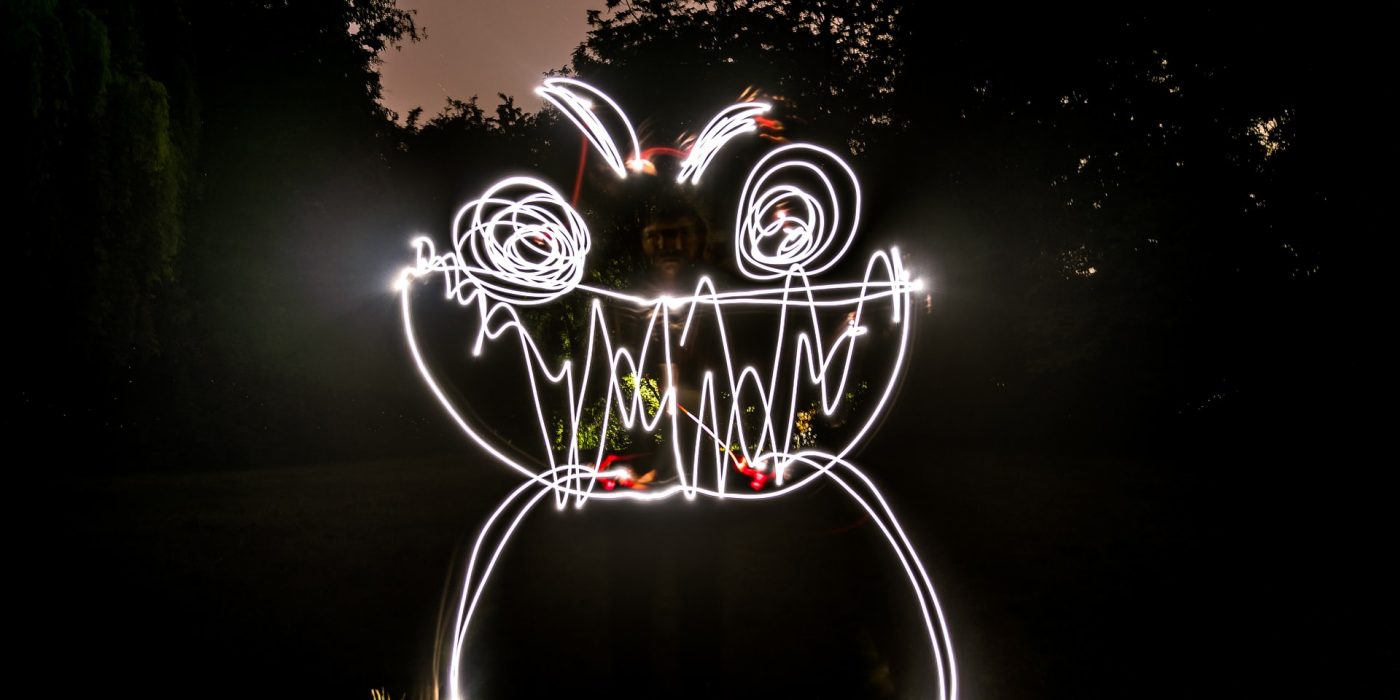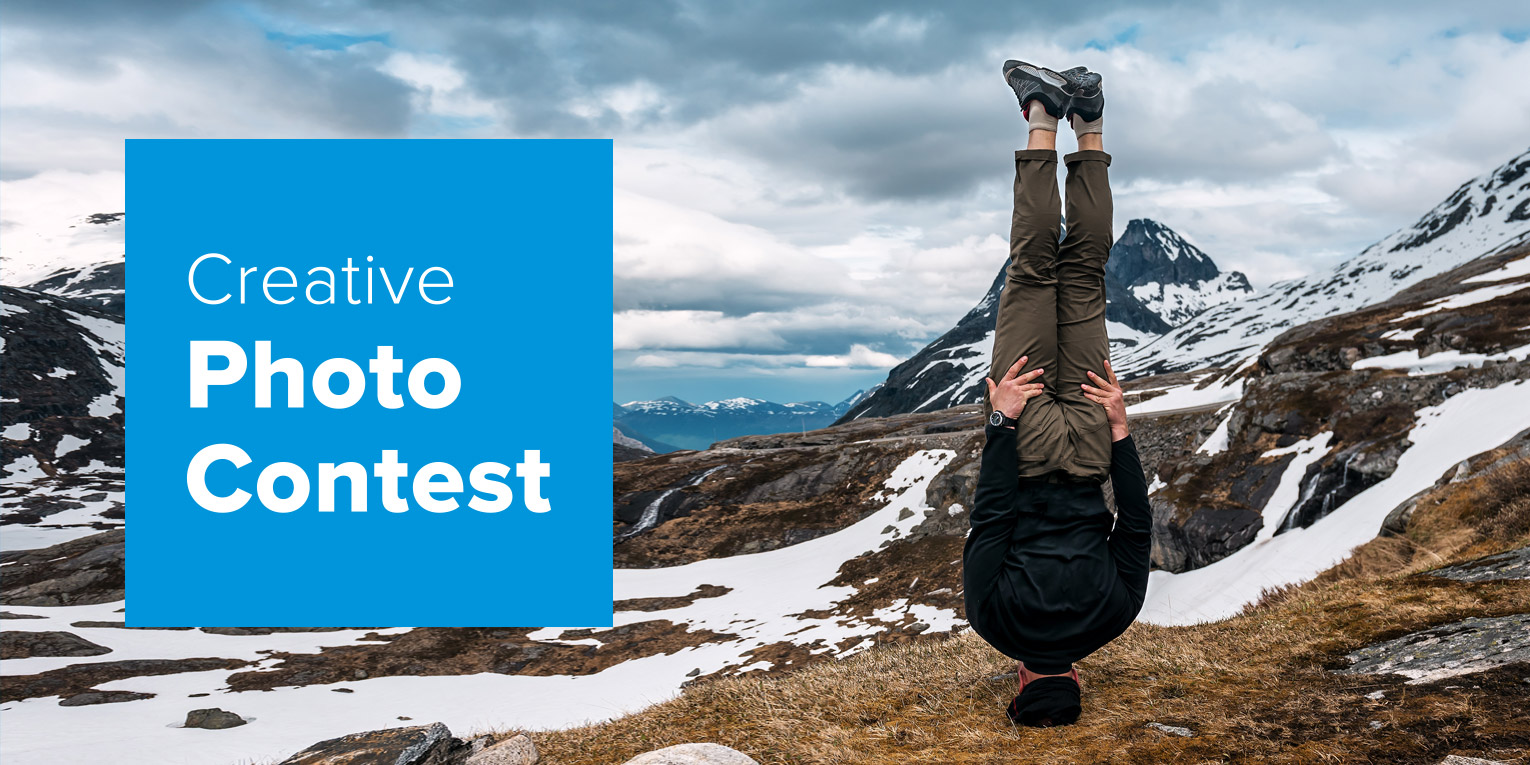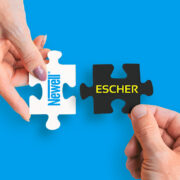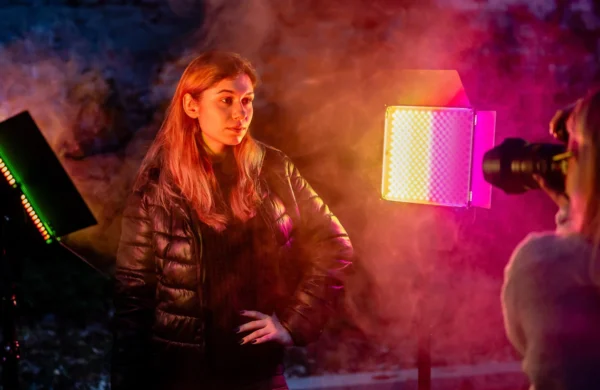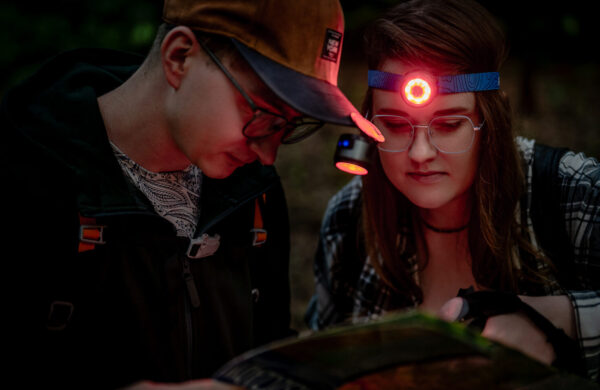April 21 is World Creativity and Innovation Day. Was it created to make the job easier for social media ninjas who are out of ideas for posts? Perhaps ????. But a holiday that encourages creative thinking and the search for innovative solutions is also a great excuse to share some original photo-taking techniques with you and host a contest with prizes. Here is a solid portion of photographic inspiration for you!
With access to Photoshop and YouTube tutorials, we can wring magic out of almost any photo. But there are hundreds of ways to do it without filters and advanced retouching tools. Painting with light, playing with perspective, experimenting with short and long exposure, working with glass, prisms, crystals or mirrors – there are many methods that allow you to easily create impressive images, far beyond the world of realism. Creative games with photography are a lot of fun. They also help you grow and allow you to create amazing images without an app. What do you need? First of all, imagination and eagerness to experiment. Apart from that, you will need a few extra tools, but some of them you will surely be able to find at home.
From this article you will learn:
- how to play with perspective to create more interesting photos,
- how to create a unique photographic background at home,
- what light painting is,
- how you can use prisms, crystals and … old CDs when taking photos,
- what effects can be achieved with long and ultra-short exposure times.
Playing with perspective
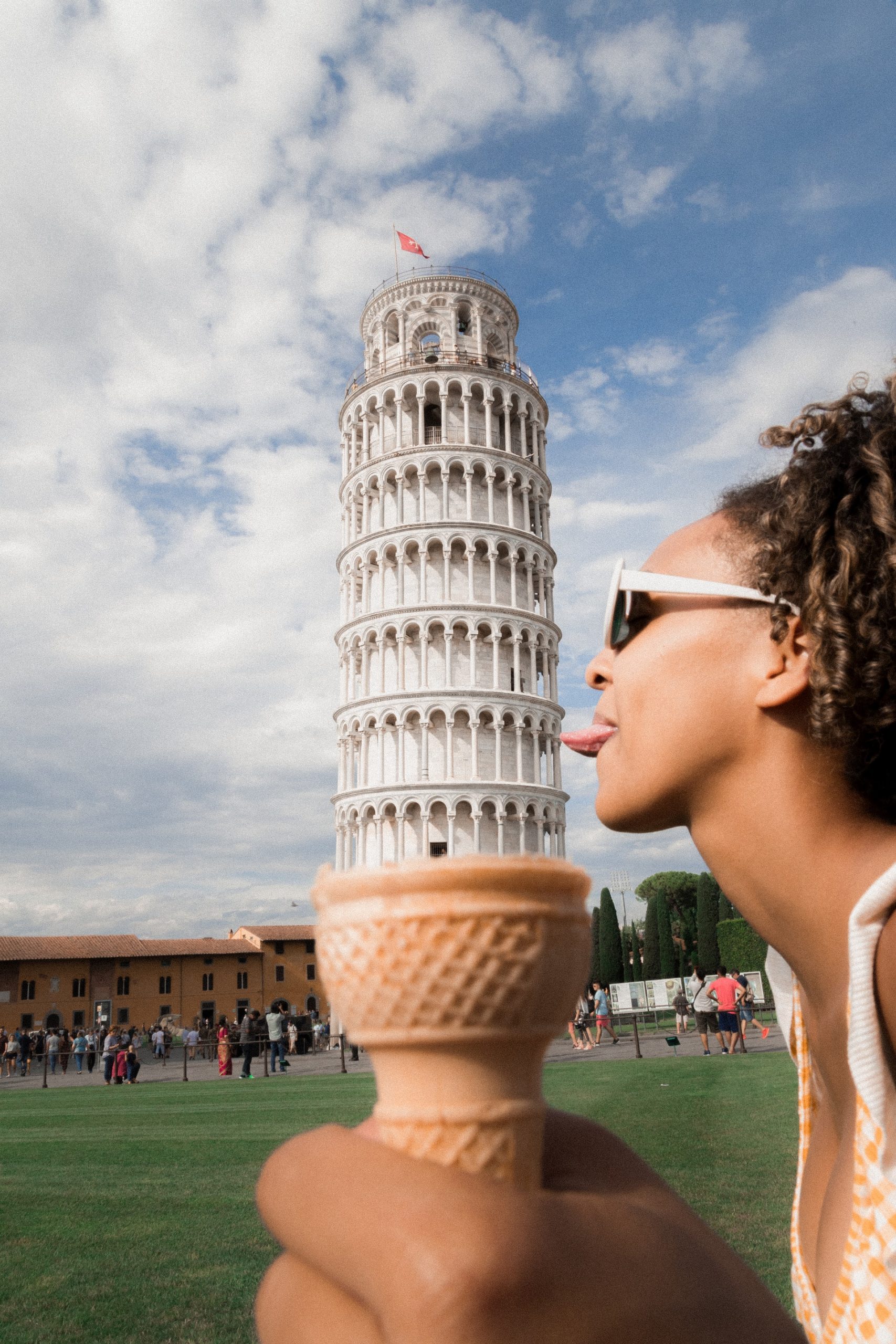
Let’s start with the simplest in terms of the tools needed, but at the same time the most difficult in terms of the ideas themselves. When it comes to playing with perspective, you’ll need creative thinking about how to take advantage of the fact that objects closer to the lens appear larger than those that are far away. We’re sure you associate photographs with the Leaning Tower of Pisa held up by tourists. It is enough that in the foreground there is a figure with appropriately positioned hands and the image gives the impression as if the building was protected from falling down only thanks to the involvement of a generous tourist. The same trick also allows you to fit the Statue of Liberty between two fingers or kiss the Great Sphinx right on the missing nose.
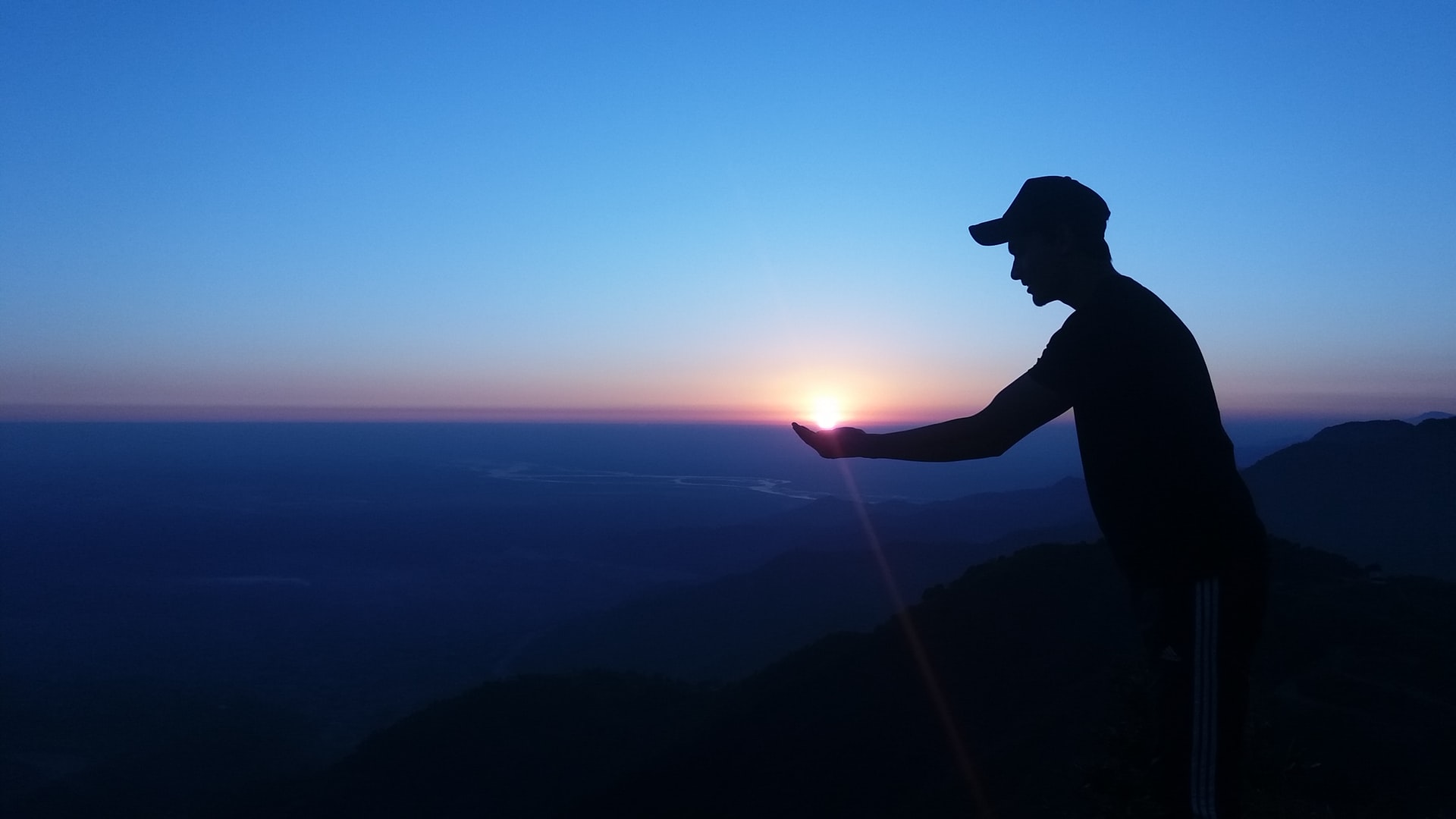
The next level of playing with perspective is to use different objects. You can, for example:
- “pour” a waterfall from a bottle,
- “trap” the sun in a dish,
- combine a familiar building with a pre-cut cardboard template to create something new (doesn’t the Arc de Triomphe remind you of Lego legs missing a torso and head?).
Still another way to make something that is huge smaller is to use the scale trick. When taking a photo of a city from a great height, place a small car in front of the lens. With the right proportions, you can create the impression that the city is a small model on which you are placing the toy.
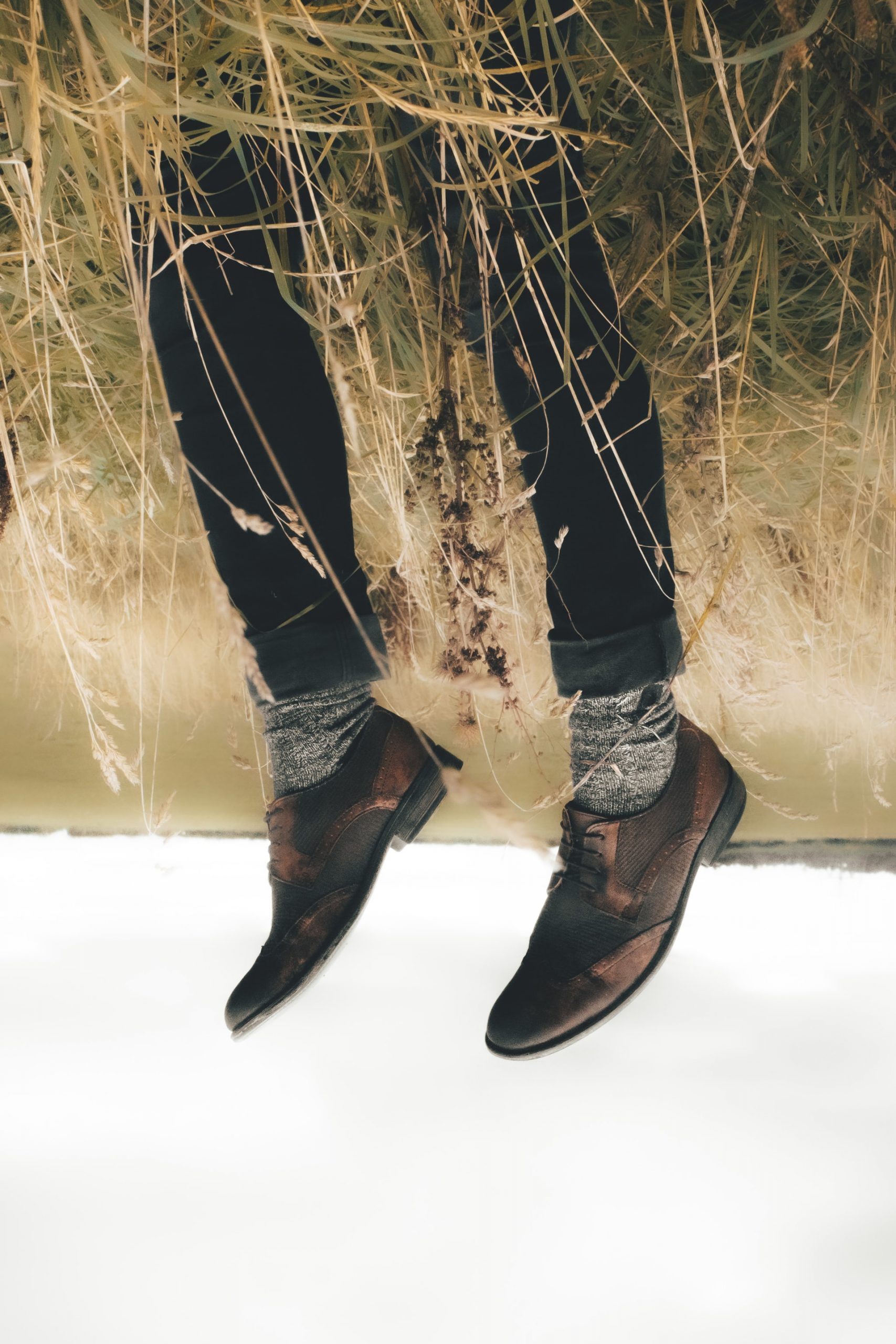
If the above inspirations weren’t enough, think about how you can trick the viewer’s eye by rotating the photo 90º or 180º. All it takes is a little creativity and standing on the ceiling or supporting the floor with your hand will be possible without having to involve a team of acrobats in the project.
Windows, glass and mirrors
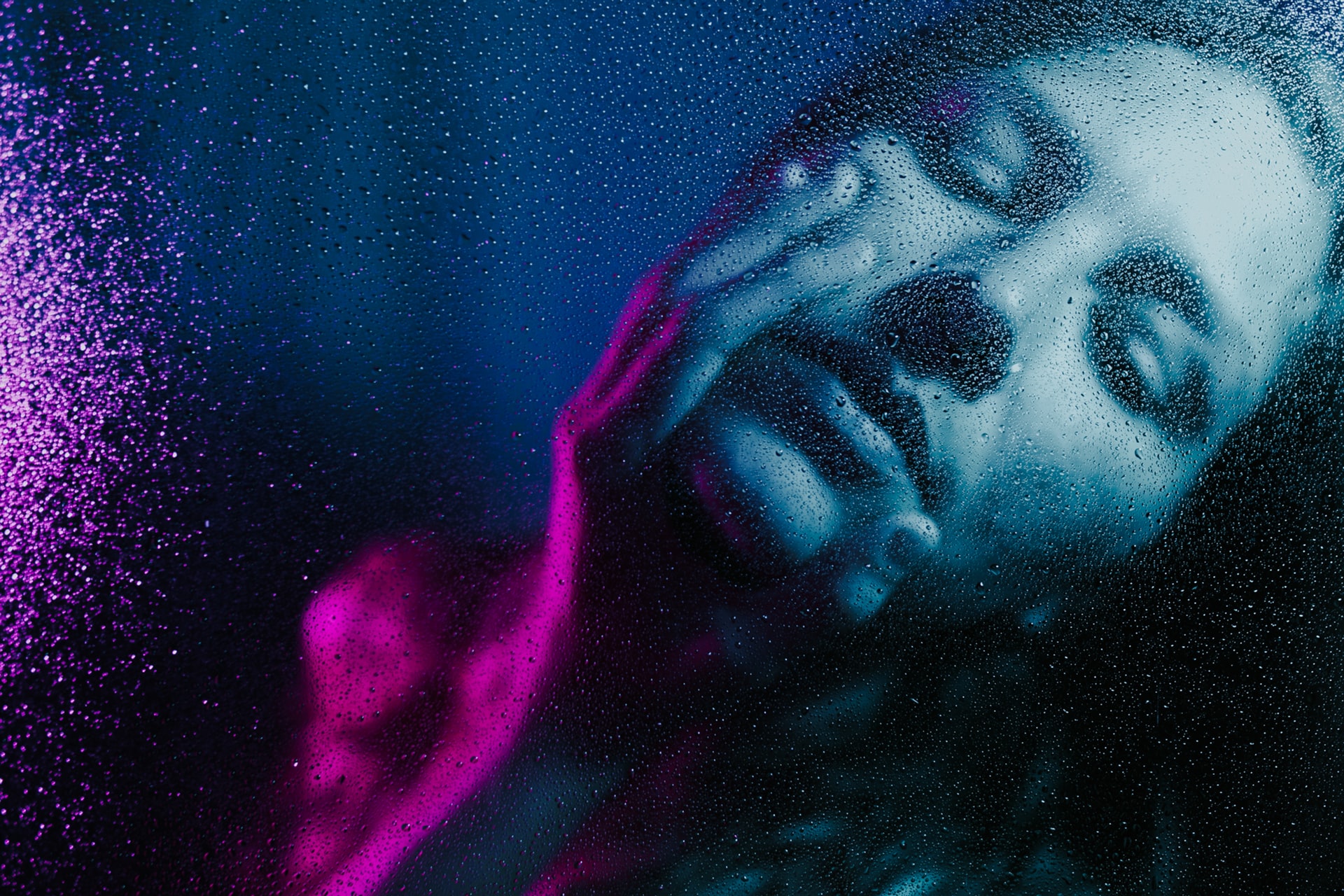
Glass surfaces are perfect to be used in creative photography. If you are looking for a way to make an unconventional self-portrait, reflections in store windows or mirrors set in an unusual environment will certainly help to add an element of magic to your photographs. Glass panes will also allow you to add an invisible wall to your photos, on which additional elements can appear (e.g. water drops or reflected light). Mirrors and windows can also be used as natural photo frames. Framing your photos with them is also a great framing exercise!
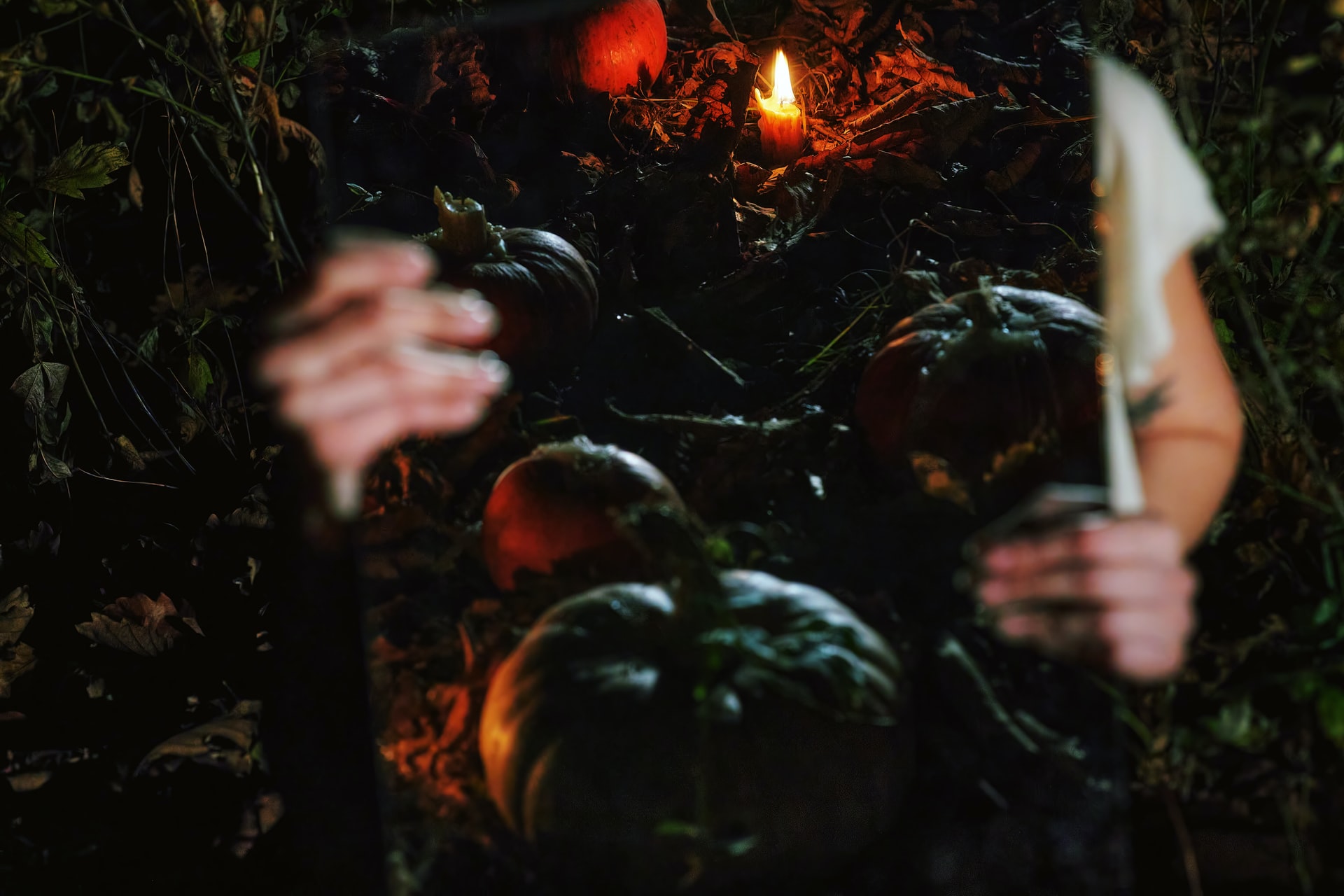
The magic of the DIY background
You do not need a professional studio to create original portraits or unique compositions of various objects. The atmosphere of the photo very often creates the right background. At home you will find dozens of tools that will allow you to create them. When the scenery is ready, the only thing left is to experiment with different depth of field. Blurring the background very often allows you to bring out even more unique features from the composition. Below you will find a list of items that are worth reaching for when creating DIY scenery:
- chains with colored LEDs,
- golden thermal blankets,
- aluminum foil,
- paper streamers,
- colorful crumpled napkins,
- floral vintage curtains,
- balloons,
- newspapers,
- tulle curtains,
- colored paper plates,
- transparent foil,
- dried flowers.
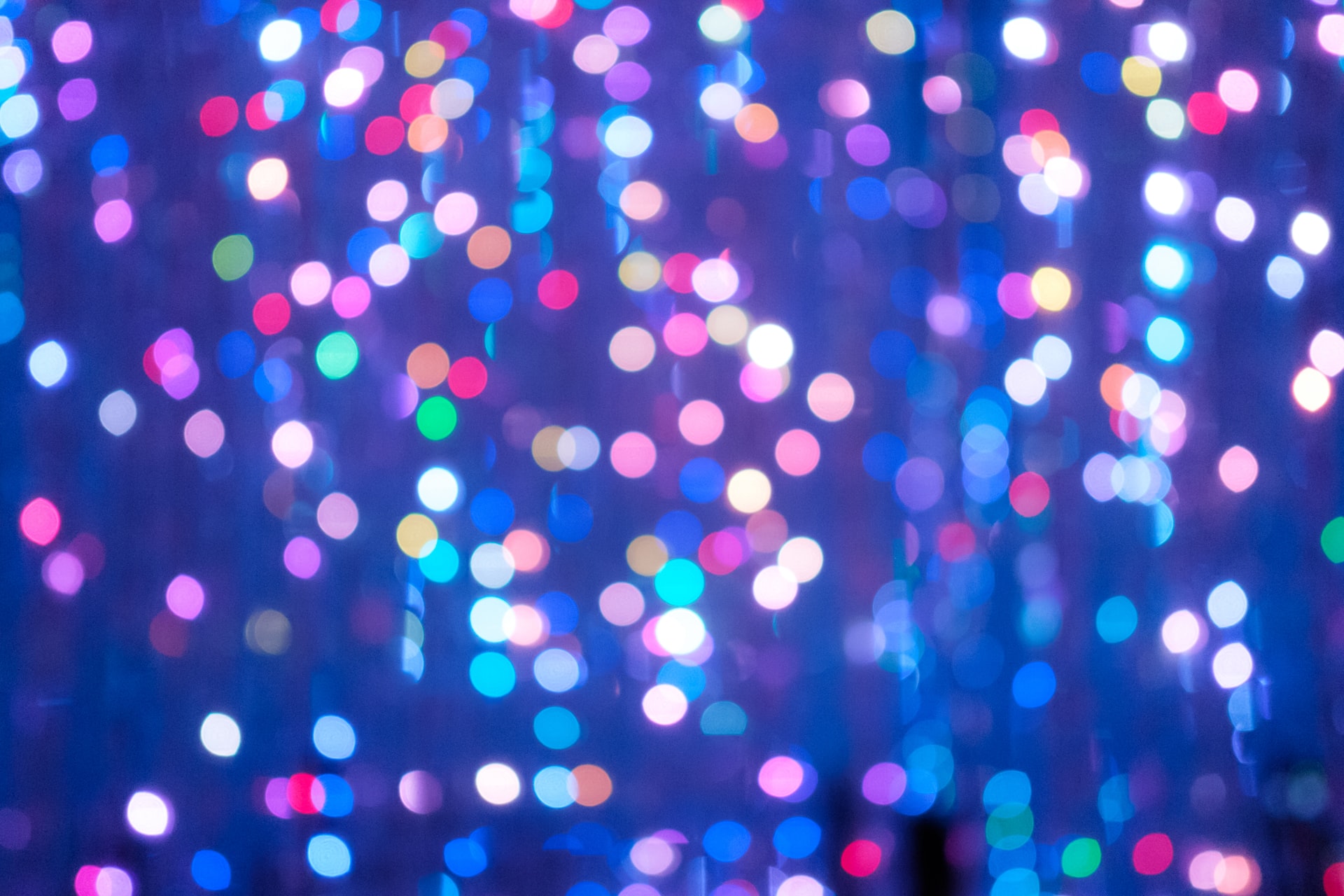
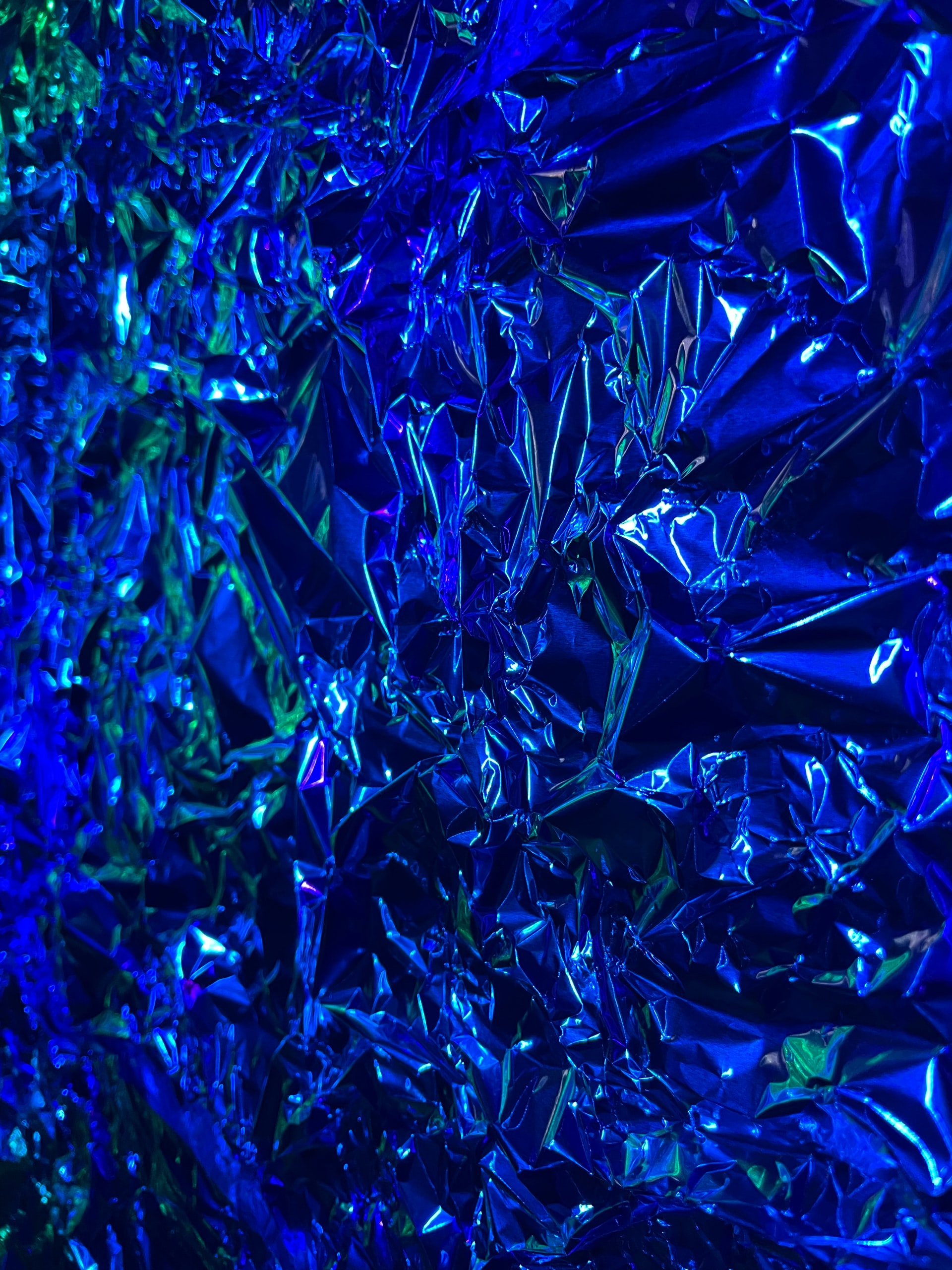
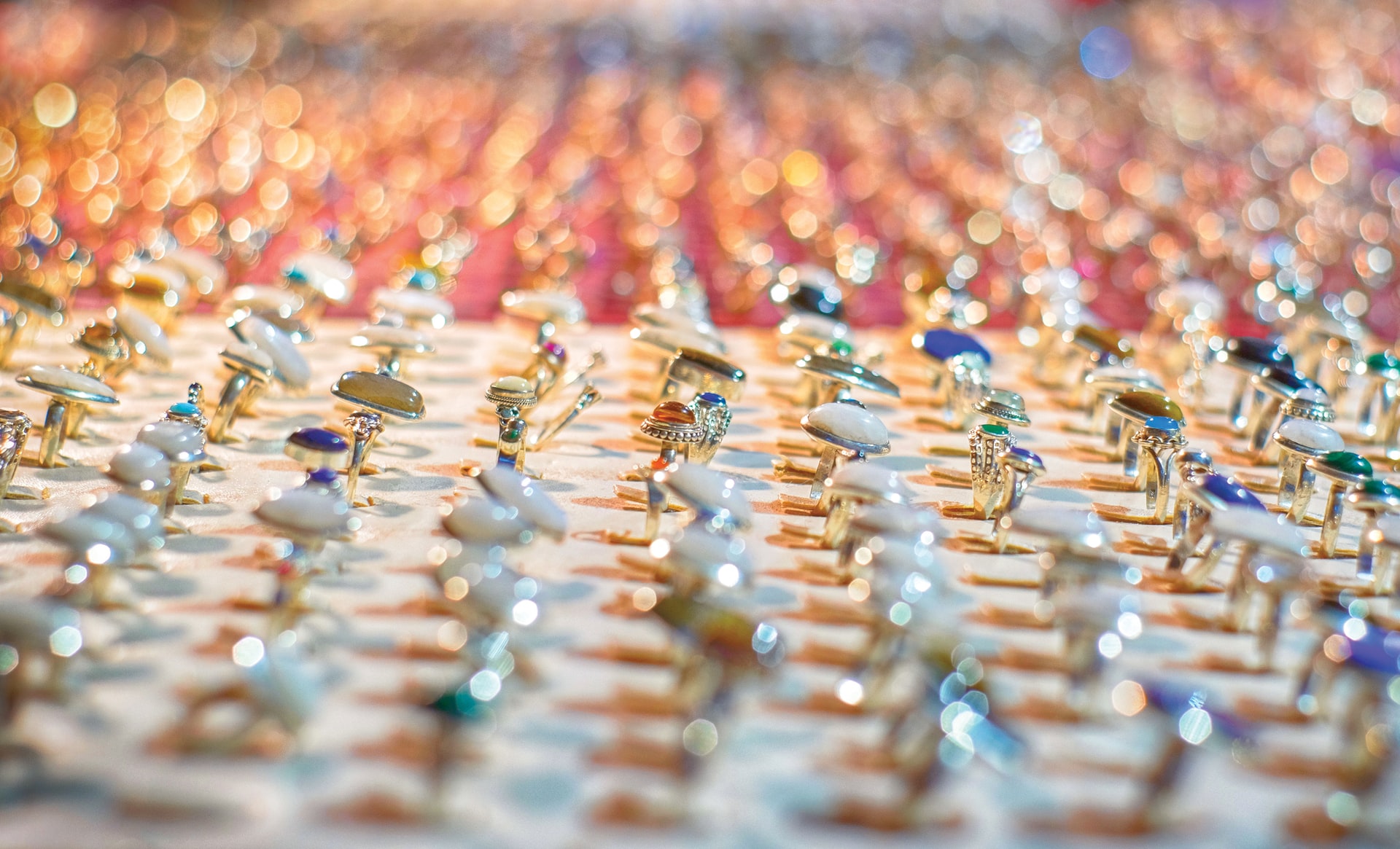
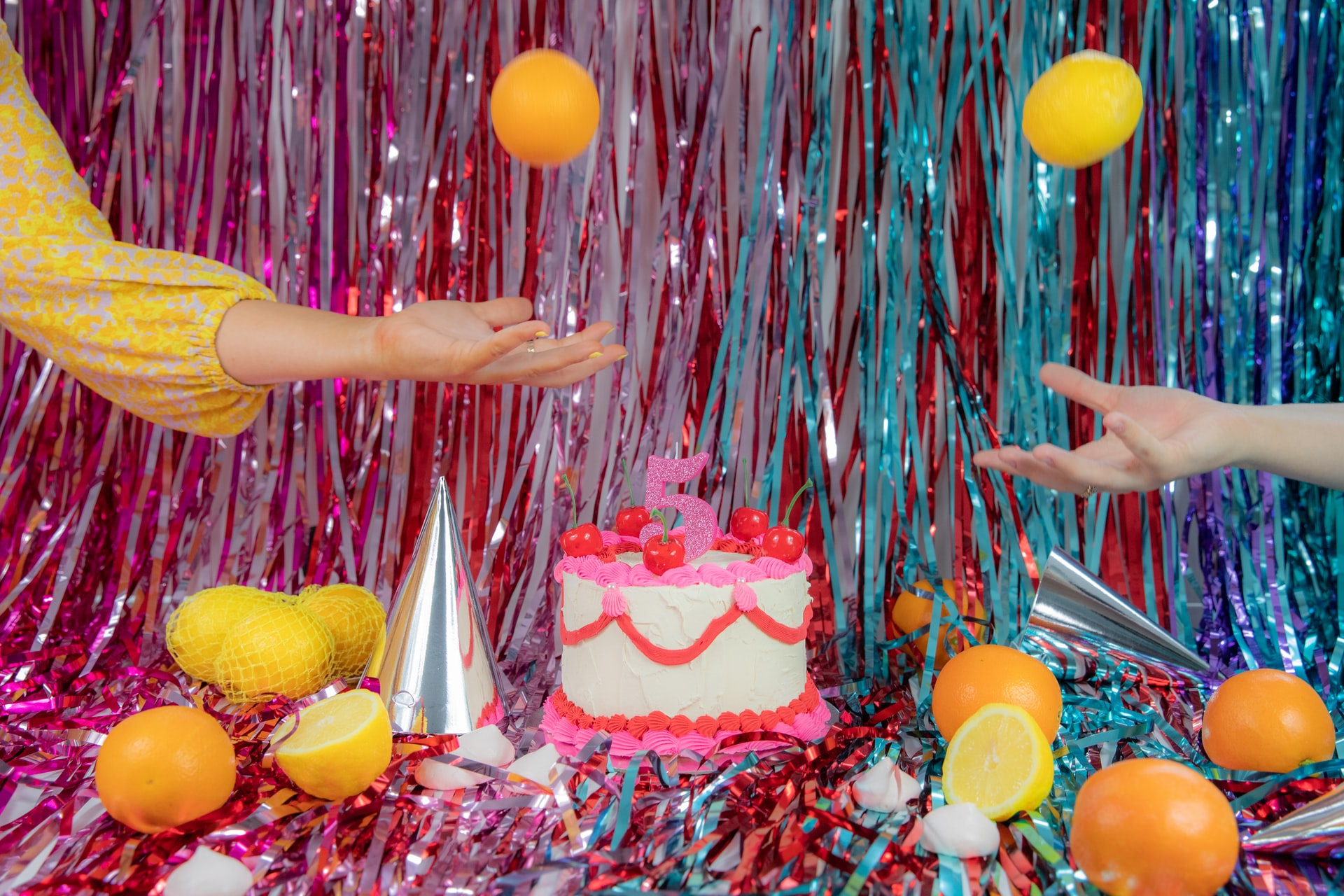
Light painting
Light painting is an image making technique also known as luminography, light painting, light drawing or light art performance photography. The use of fast-moving light sources, combined with long exposure times, can achieve characteristic streaks.
If you want to create a “light pen,” it’s best to reach for a wireless light source. Just a small LED light source such as Newell Rangha Nano RGB-W is enough to show your creativity and create unique photos with colorful captions, irregular streaks or symmetrical circles. The Newell Kathi RGB LED light sword will also be a great choice. The elongated LED panel with ergonomic handle will give you great control over the light, allowing you to paint with light with precision.
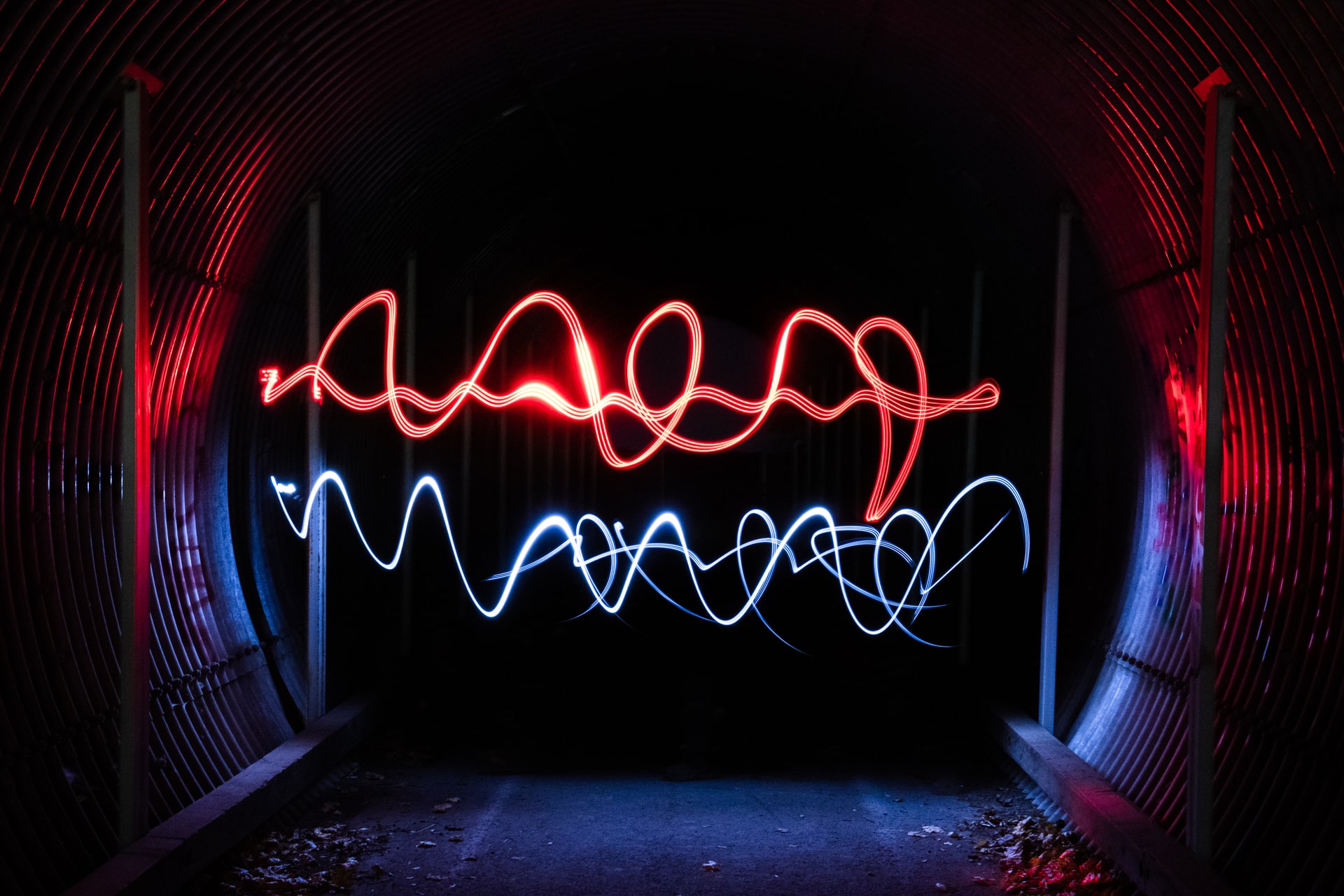
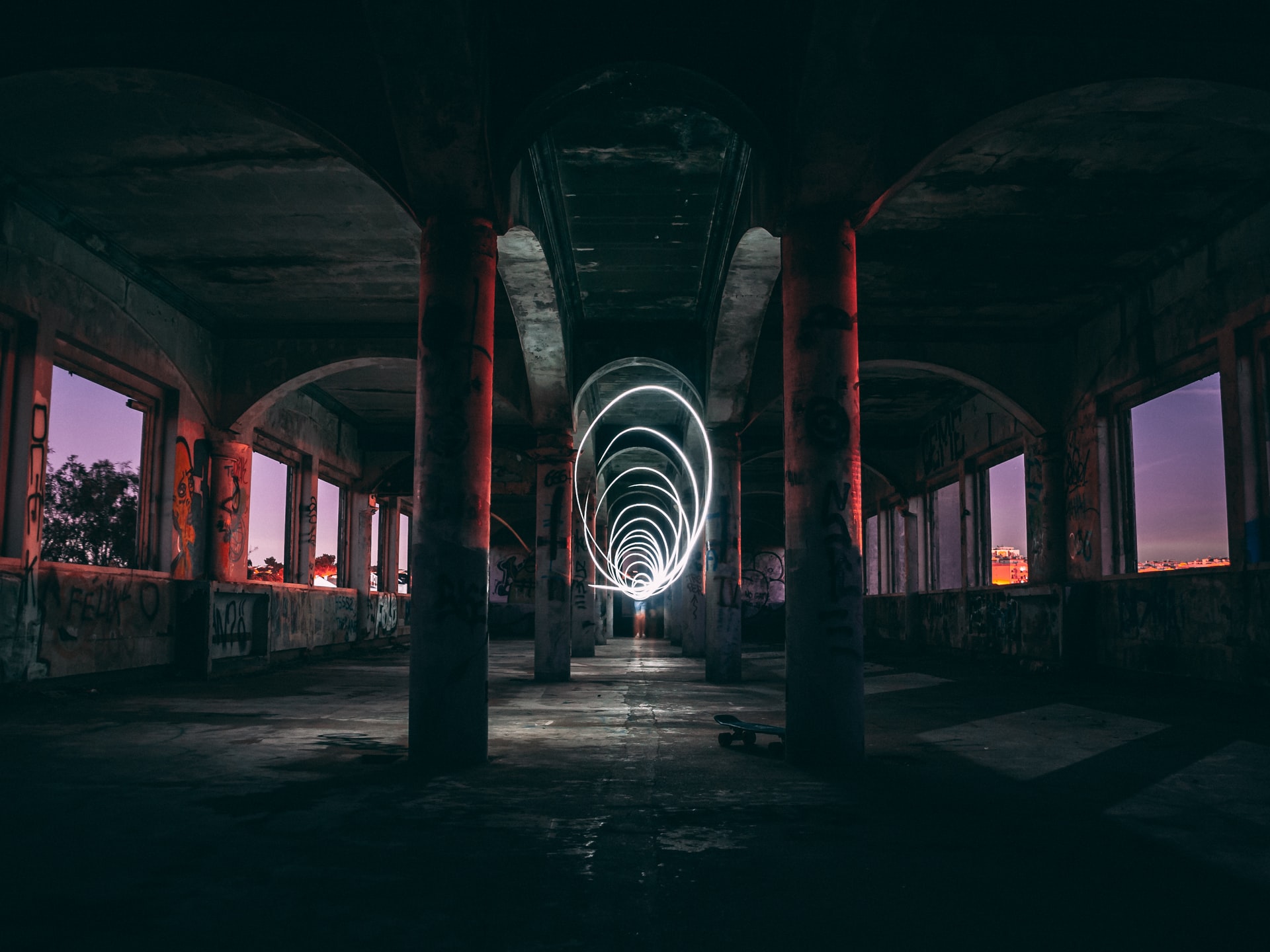
Use the projector
Of all the creative photo ideas we’ve collected here, the one with a projector seems the most expensive and problematic. Nothing could be further from the truth! If you ask your friends, there will surely be someone among them who has such a device in their basement or attic. It does not have to be a modern HD projector! An old projector used to watch slides will be an even greater creative challenge! You can also browse auction sites where you can find projectors for pennies. You can also get an interesting effect by using children’s toys that allow you to create a starry sky on the ceiling or watch cartoons.
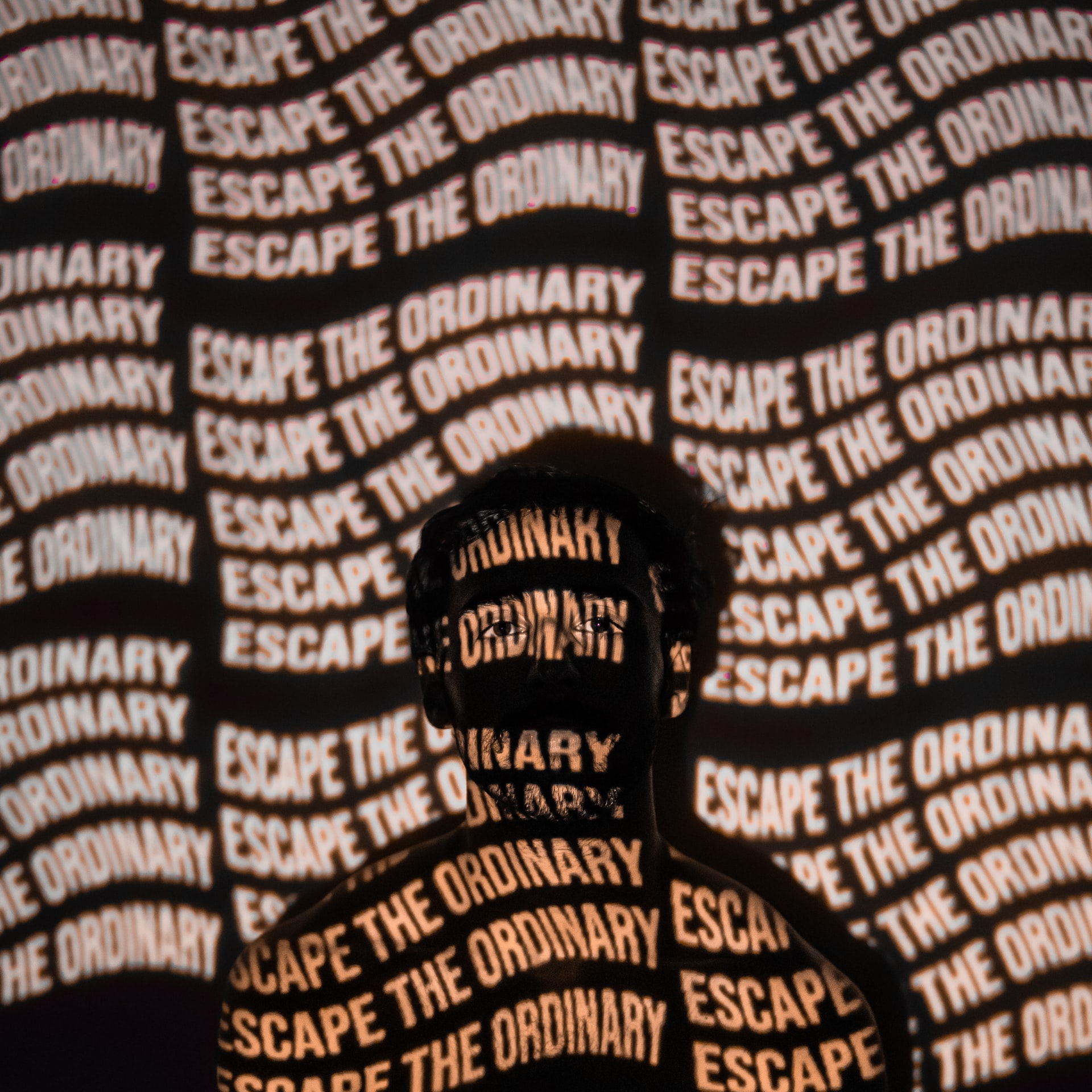
The whole fun, of course, is to take a picture of the model or object on which the image from the projector is projected. You can make your own transparencies with captions or drawings, or use old film. Those with a newer projector can use video footage or color visuals. It is worth experimenting with different light intensity and exposure times.
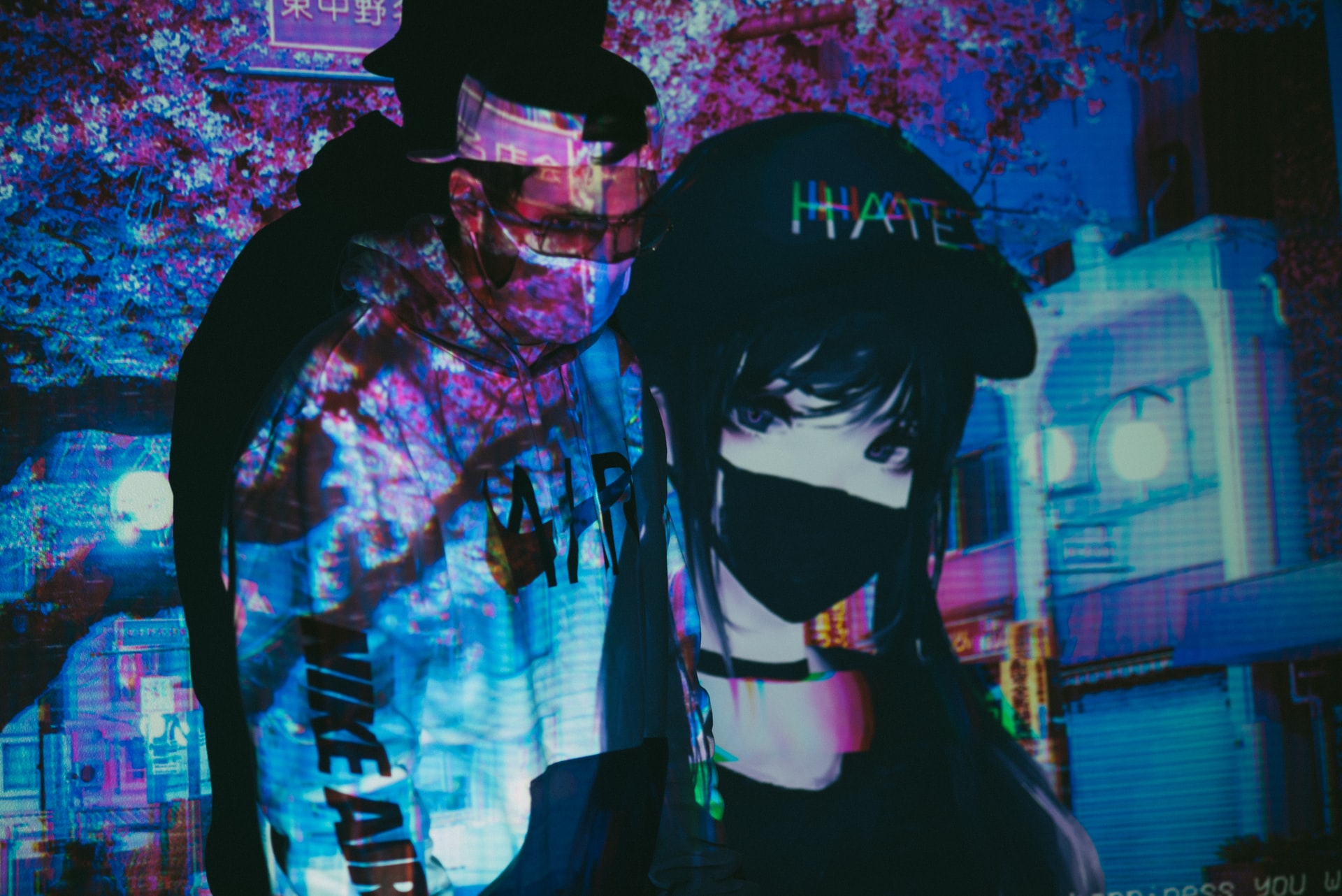
Refractions of light
A few years ago, New York-based photographer Brandon Woelfel conquered Instagram with his unique photos featuring distinctive refractions of light. His hobby quickly turned into a job, and assignments for brands like Buzzfeed, Apple, and Nikon helped him rise from social media star to professional. The unique effect in his photos was achieved by using objects that refract light.
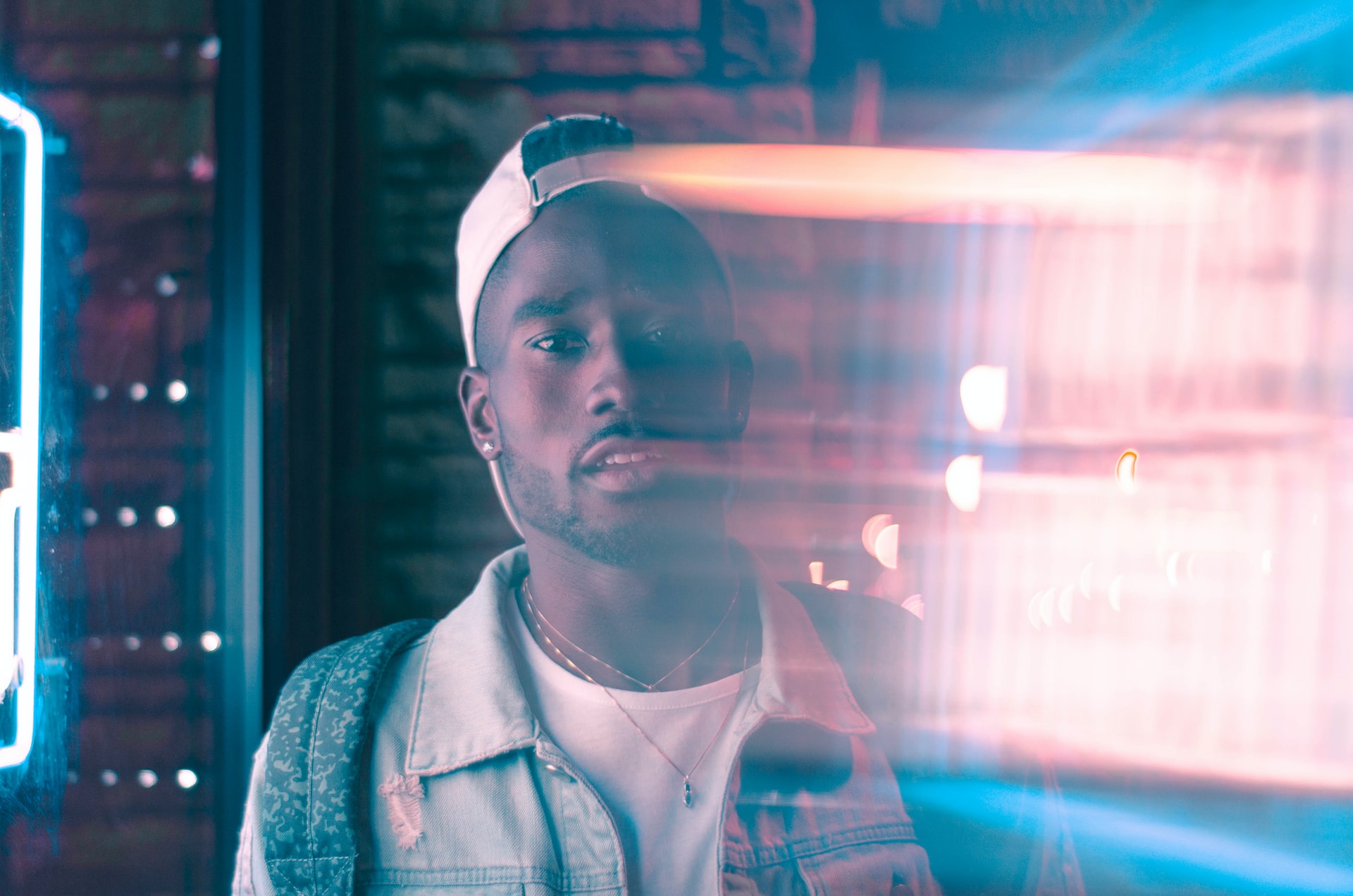
If you want to experiment with this unique style, here’s what you might need:
- prisms,
- CDs,
- crystals,
- cut glassware.
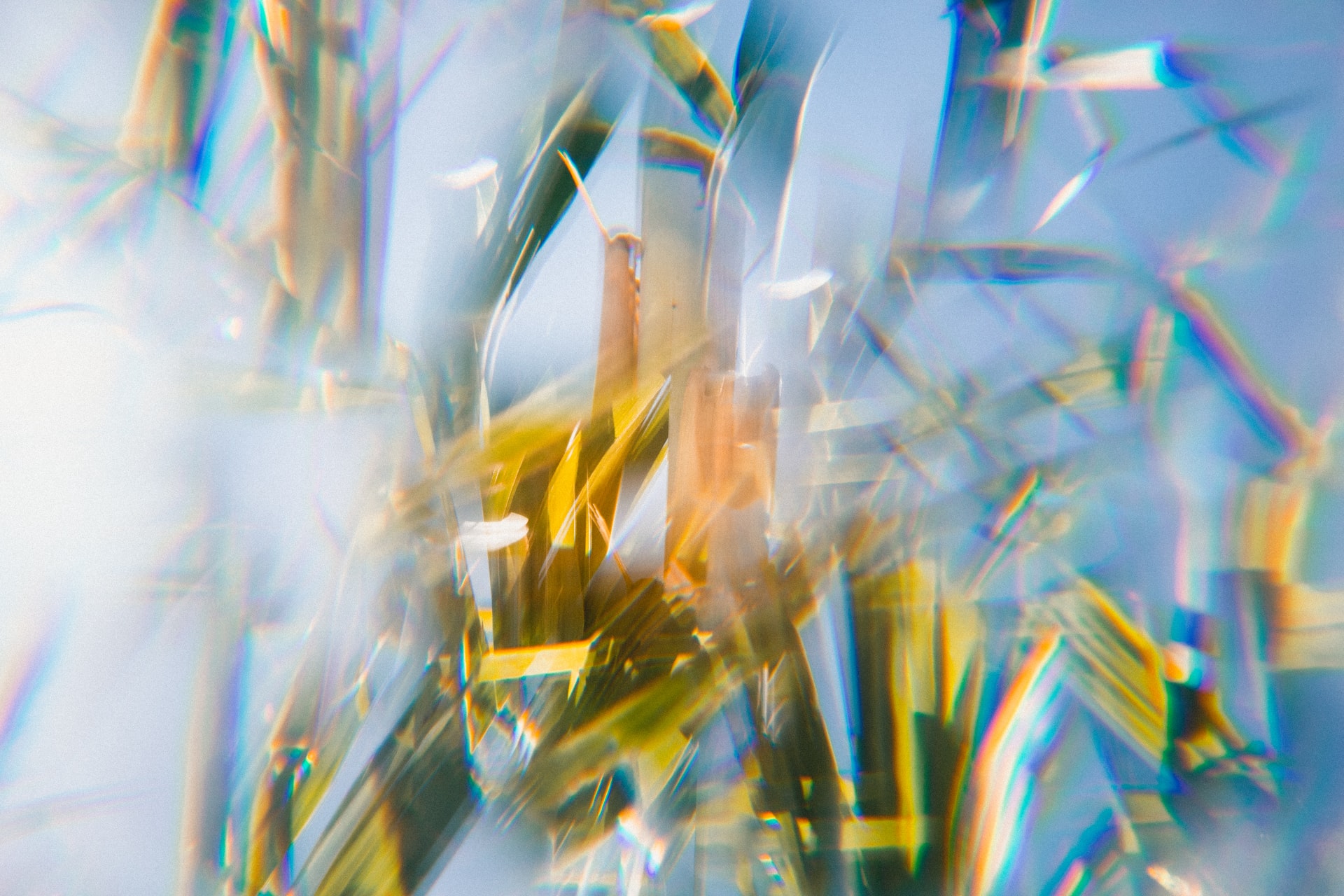
Once you have the necessary accessories, look for interesting sources of colored light or reach for LED lights. Move a refractive object in front of the lens, trying to capture colorful streaks, refractions and scatterings. With a little practice and experimentation with different prisms or crystals, you can find your own way to take Brandon-style photos.
It is worth noting here that creative ideas that work well in photography can also be successfully used in video footage. Below Brandon Woelfel’s characteristic style in the film version:
Change the focal length during the exposure
There are 3 more creative ways to take unusual photos ahead of you. This time, however, we’ll focus primarily on camera features rather than additional tools or accessories. Let’s start with the zoom burst effect. It is a photographic technique that consists in changing the focal length during the exposure of the sensor. The task seems simple, but the effects are usually very difficult to predict.
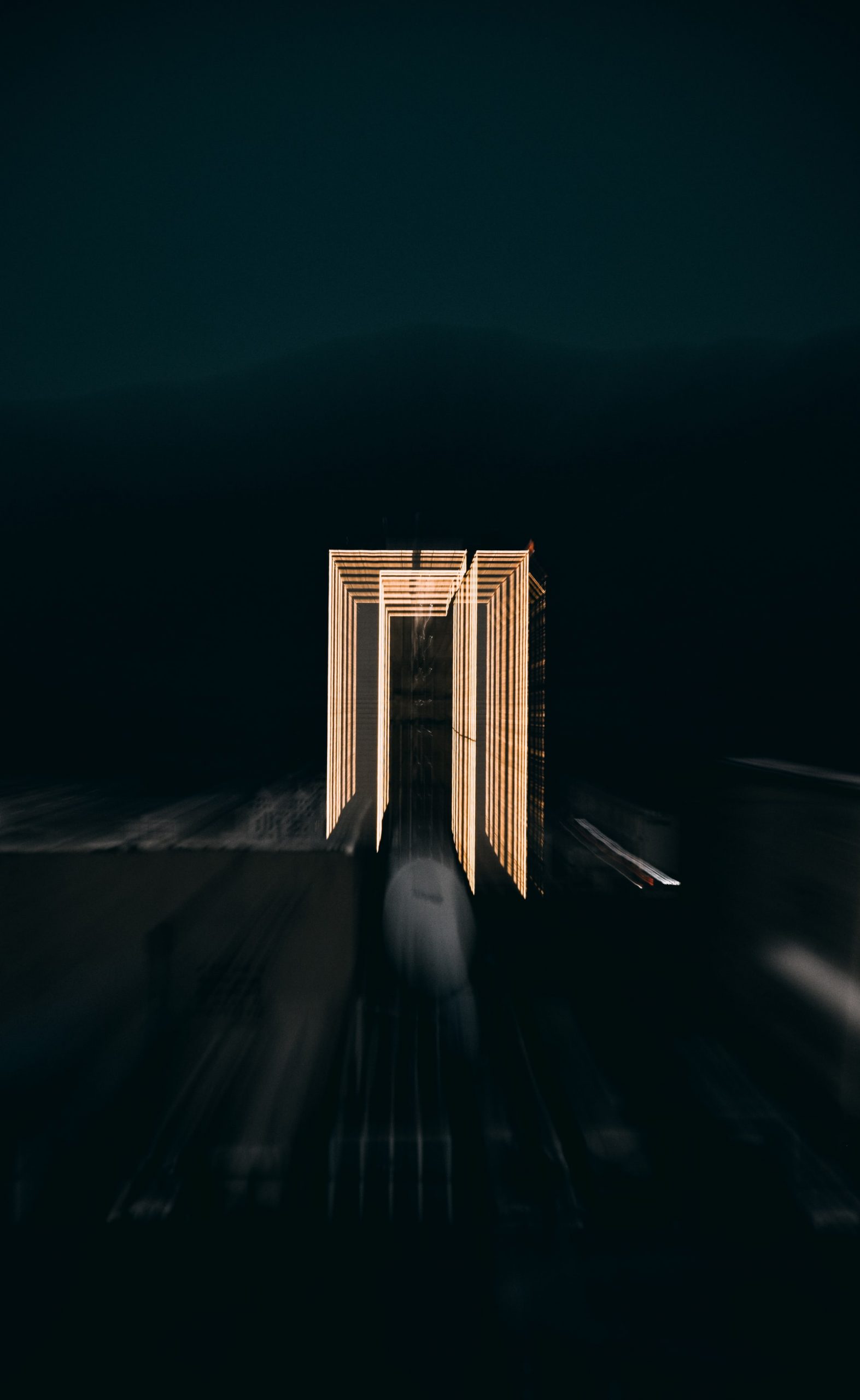
To make a “zoom burst” you obviously need a lens with a variable focal length. It’s best if you can change it manually, using a ring. In the case of compact cameras, where the zoom is activated by a button, this trick may not work. Set a fairly long shutter speed so that you have a few seconds to zoom in or out. This will allow you to create dynamic streaks, get interesting effects in flat light, or experiment with point sources of light in dark environments. It’s also worth reaching for a tripod!
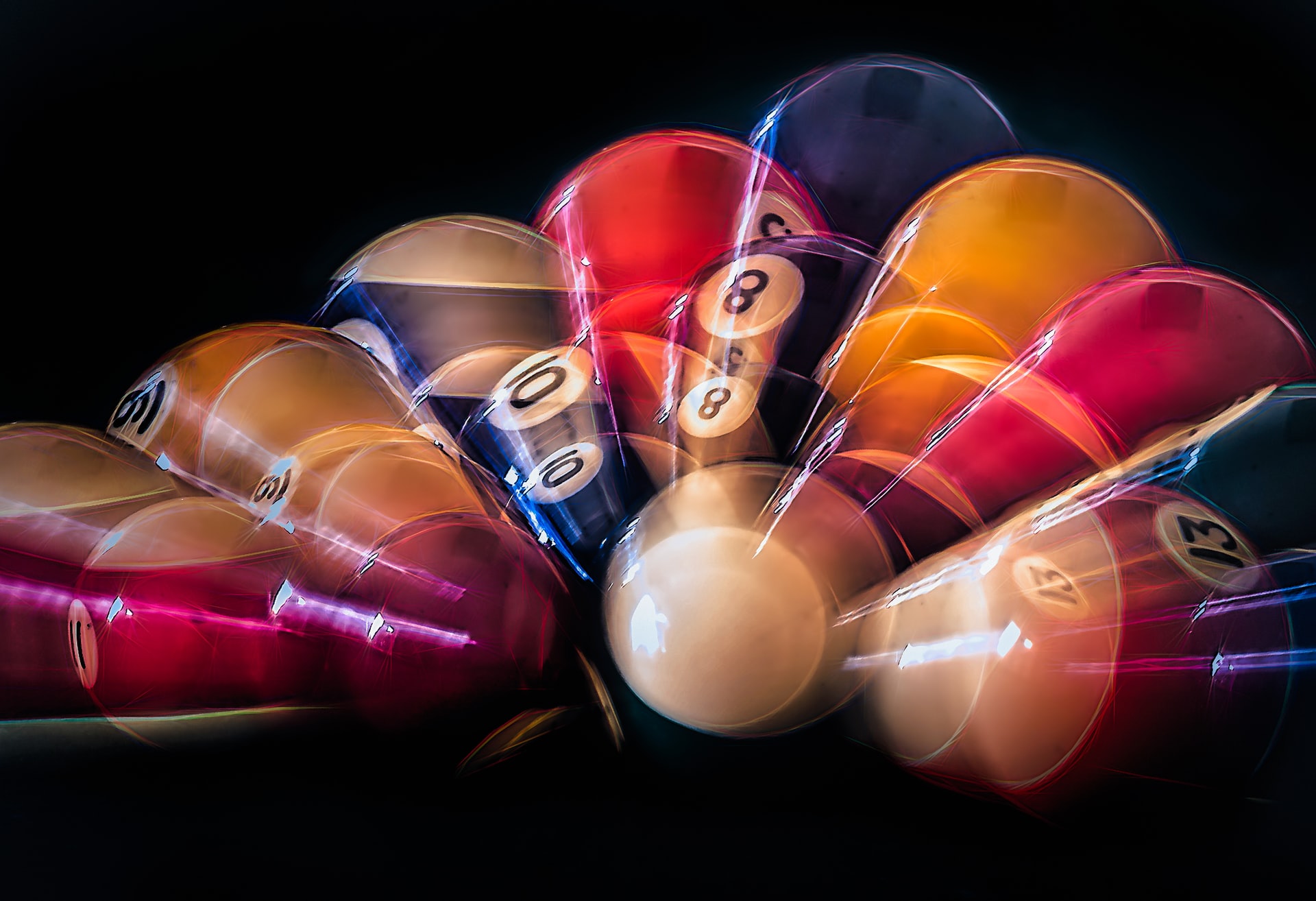
Freeze movement with fast shutter speed
Freezing motion, often referred to as High Speed Photography, allows you to capture something in a photo that is difficult to see with the human eye because it lasts only a fraction of a second. Capturing a sharp frame that shows the flight of a ball, a drop hitting the surface of water, a runner in motion or a balloon bursting is not an easy task. It takes a bit of practice, but by trial and error you can achieve satisfactory results while learning how to work with short exposure times. 1/100 of a second is the absolute minimum. A flash can also be a helpful tool. The lifebelt for beginners is the continuous shooting mode.
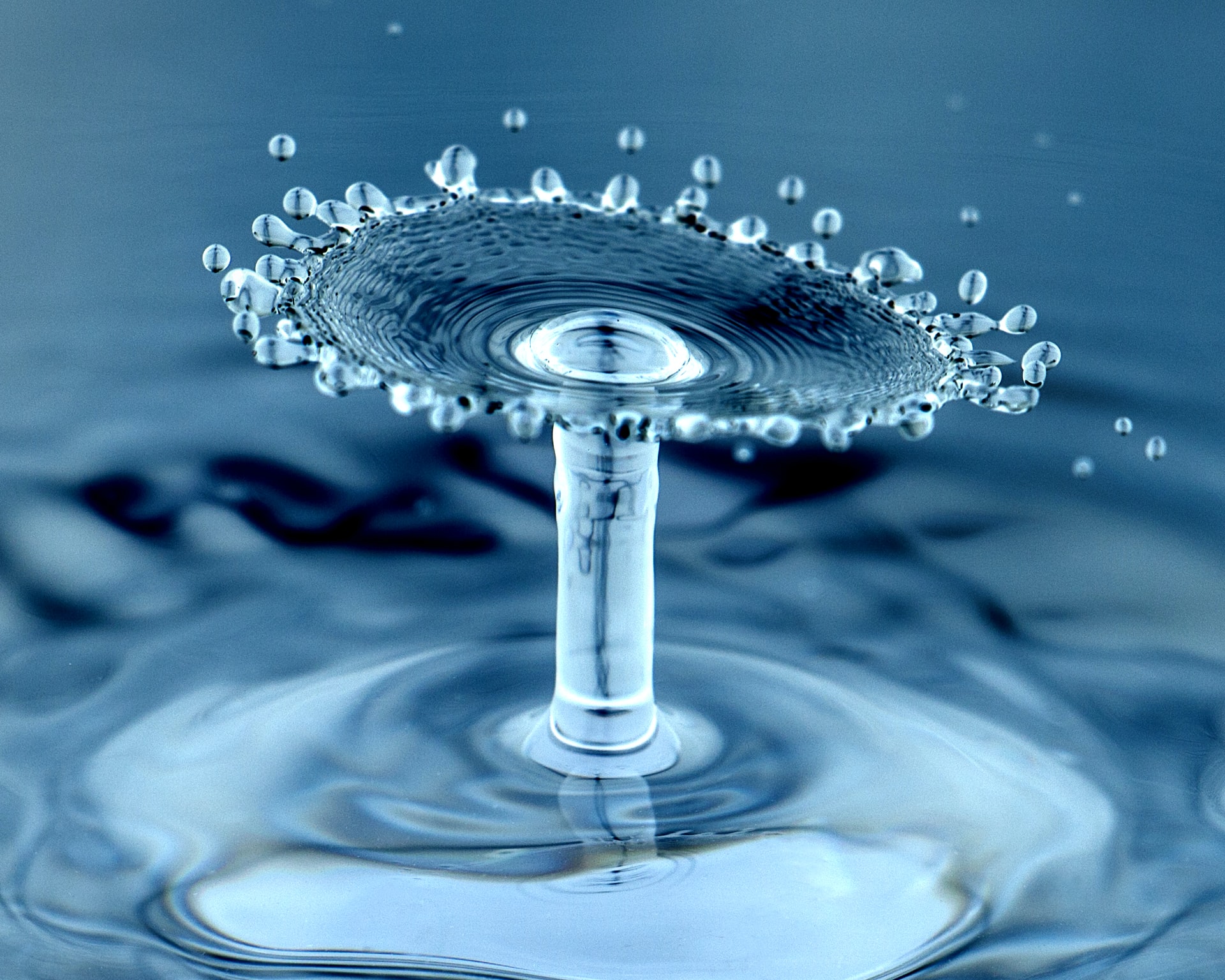
Long exposure time
While we’re on the subject of short exposures, we can’t ignore the opposite effect. Long exposures can create streaks of light that replace cars on the road at night, magically remove crowds of moving people from your photos, and blur clouds and water. You’ll need a tripod for all these experiments. When taking night-time pictures, make sure the ISO is low and the aperture is relatively small. On sunny days, use polarizer and ND filters.
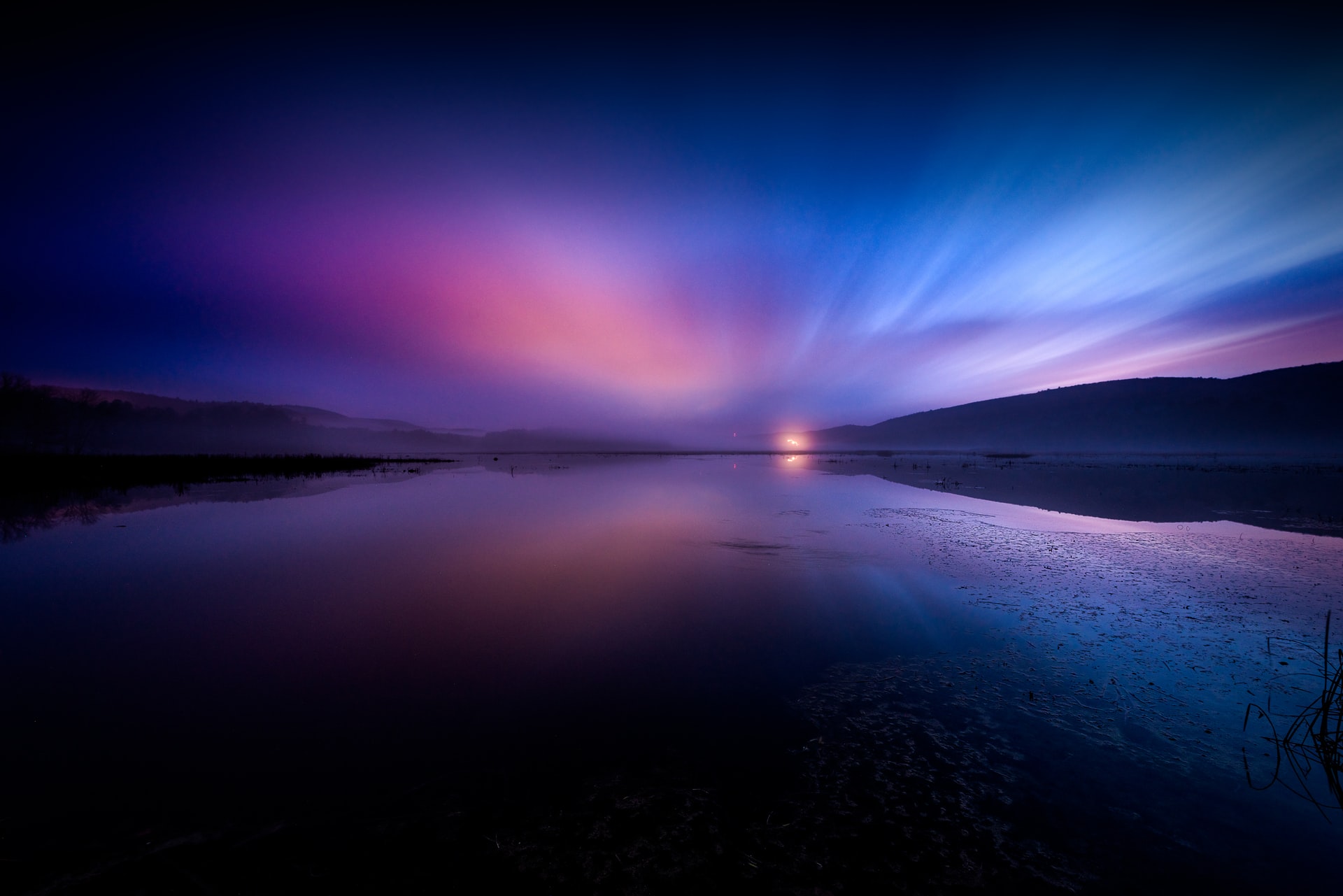
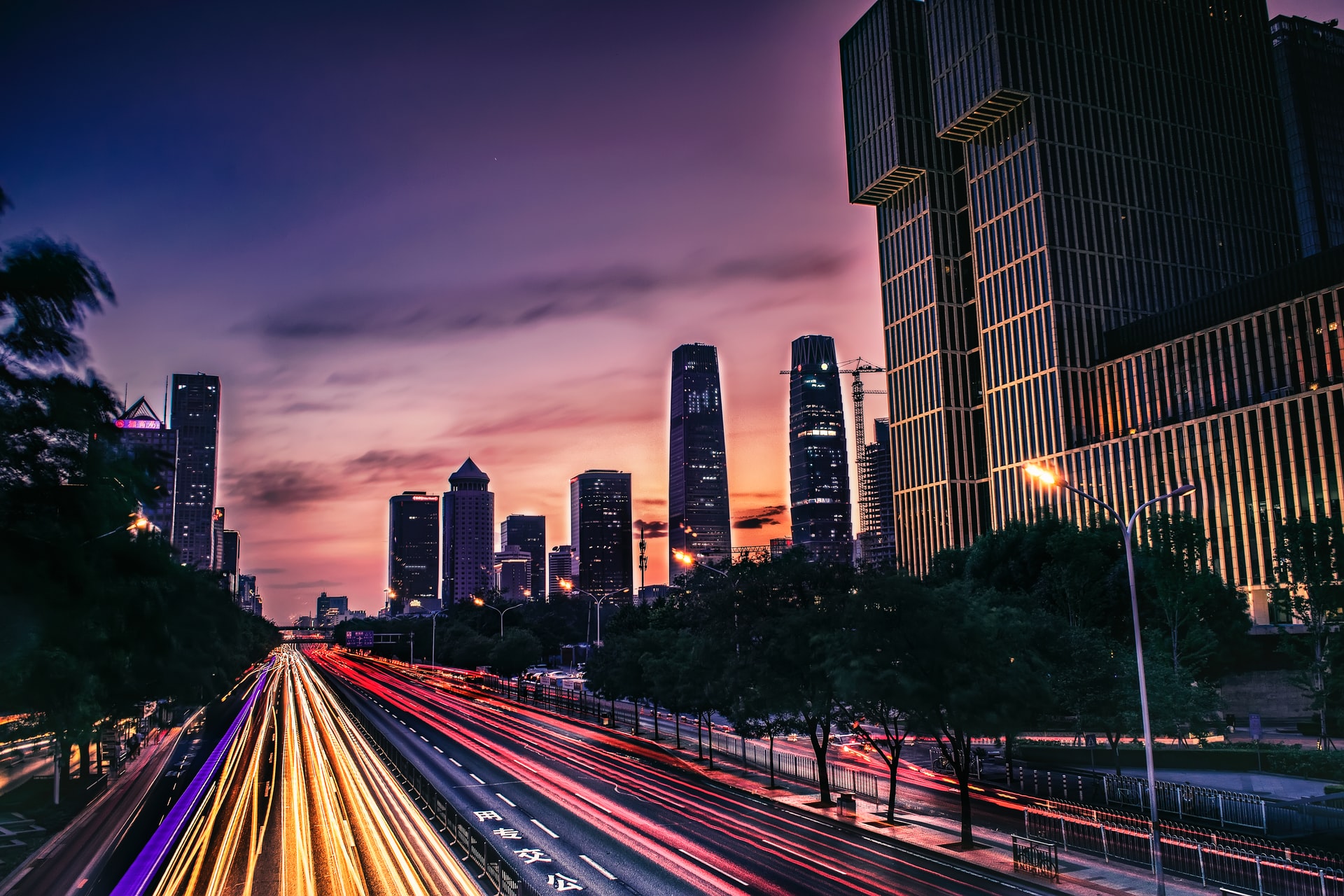
We hope that the techniques we have described here, as well as the photos we have found, will be a valuable source of inspiration for you. Be sure to share the results of your creative experiments with us! And if you need additional motivation to act, we have a contest for you! You will find all the details on our Facebook and Instagram. You can also click the graphic below:
Show us how you celebrated the World Day of Creativity and Innovation! We look forward to see your works!
Credits: Babin Shrestha, Kenrick Mills, Dollar Gill, Tengyart, Viktor Forgacs, Sora Sagano, Lucas Ludwig, Jakob Owens, Robert Zunikoff, Linus Mimietz, zhank kaiyv, Gerald Berliner, Ricardo Rocha, Yousef Salhamoud, Luca Iaconelli, Jakob Owens, Rob Potter, Andrii Leonov, SOCIAL.CUT, Zoe, Roman Denisenko

